AI Agent Deployment for Startups and Growing Businesses : 5 Secrets to Avoid Disaster and Skyrocket Success 🚀
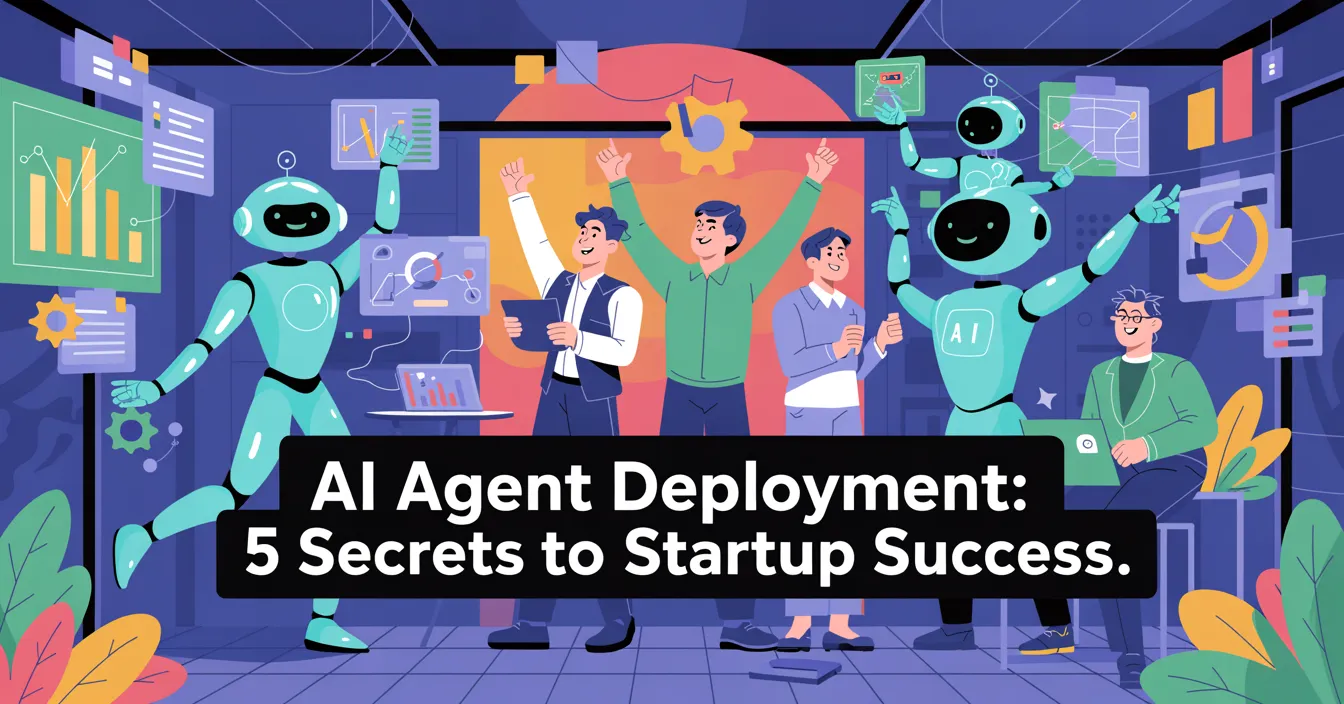
Imagine a world where your startup is powered by intelligent assistants that automate tasks, personalize customer experiences, and drive revenue growth – all without constant human intervention. That's the promise of AI agents. But deploying them effectively, especially for startups with limited resources, can be tricky. Many stumble, wasting precious time and money. This guide will equip you with the knowledge to navigate the AI agent landscape and deploy them successfully.
Key Takeaways:
- 🎯 Define Clear Objectives: Start with specific, measurable goals for your AI agent deployment. Don't just implement AI for the sake of it.
- ⚙️ Choose the Right Tools and Platforms: Carefully evaluate different AI agent platforms and tools, considering your technical capabilities and budget. Open-source options can be a great starting point.
- ⚠️ Prioritize Data Quality and Security: AI agents are only as good as the data they're trained on. Ensure your data is accurate, clean, and secure.
- 🧪 Iterate and Optimize: AI agent deployment is an ongoing process. Continuously monitor performance, gather feedback, and refine your agents.
- 🤝 Focus on User Experience: Design your AI agents to be user-friendly and helpful. A clunky or frustrating agent will drive customers away.
Understanding the AI Agent Landscape for Startups 🌍
Before diving into best practices, let's understand what we mean by "AI agents" and why they're relevant for startups.
An AI agent is essentially a software program that can perceive its environment, reason, make decisions, and take actions to achieve specific goals. Think of them as autonomous problem-solvers. They can range from simple chatbots to complex systems that manage entire business processes.
For startups, AI agents offer a powerful way to:
- Automate repetitive tasks: Free up human employees to focus on higher-value activities.
- Improve customer service: Provide instant support and personalized experiences.
- Optimize operations: Identify inefficiencies and make data-driven decisions.
- Scale rapidly: Handle increasing workloads without hiring more staff.
However, the path to AI agent success isn't always smooth. Common pitfalls include:
- Lack of clear objectives: Deploying AI without a specific purpose.
- Poor data quality: Training agents on inaccurate or incomplete data.
- Overly complex implementations: Trying to do too much too soon.
- Neglecting user experience: Creating agents that are difficult to use or understand.
- Ignoring ethical considerations: Deploying AI in a way that is biased or unfair.
This guide aims to help you avoid these pitfalls and maximize the impact of your AI agent deployments.
Competitive Landscape Analysis
Top-ranking articles related to AI agent deployment often focus on:
- Specific industries: Examples include AI agents for customer service in e-commerce or AI agents for financial analysis in fintech.
- Technical aspects: Tutorials on using specific AI agent frameworks or platforms.
- High-level strategy: Articles on the overall benefits of AI and how to plan for AI adoption.
Gaps and Opportunities:
- Startup-specific advice: Many articles are geared towards larger enterprises with more resources. This article will focus specifically on the needs and challenges of startups.
- Practical, actionable guidance: Provide a step-by-step guide with concrete examples and templates.
- Cost-effective solutions: Highlight open-source tools and affordable platforms.
- Addressing ethical concerns: Discuss the importance of fairness, transparency, and accountability in AI agent deployments.
Best Practice #1: Define Clear Objectives and KPIs 🎯
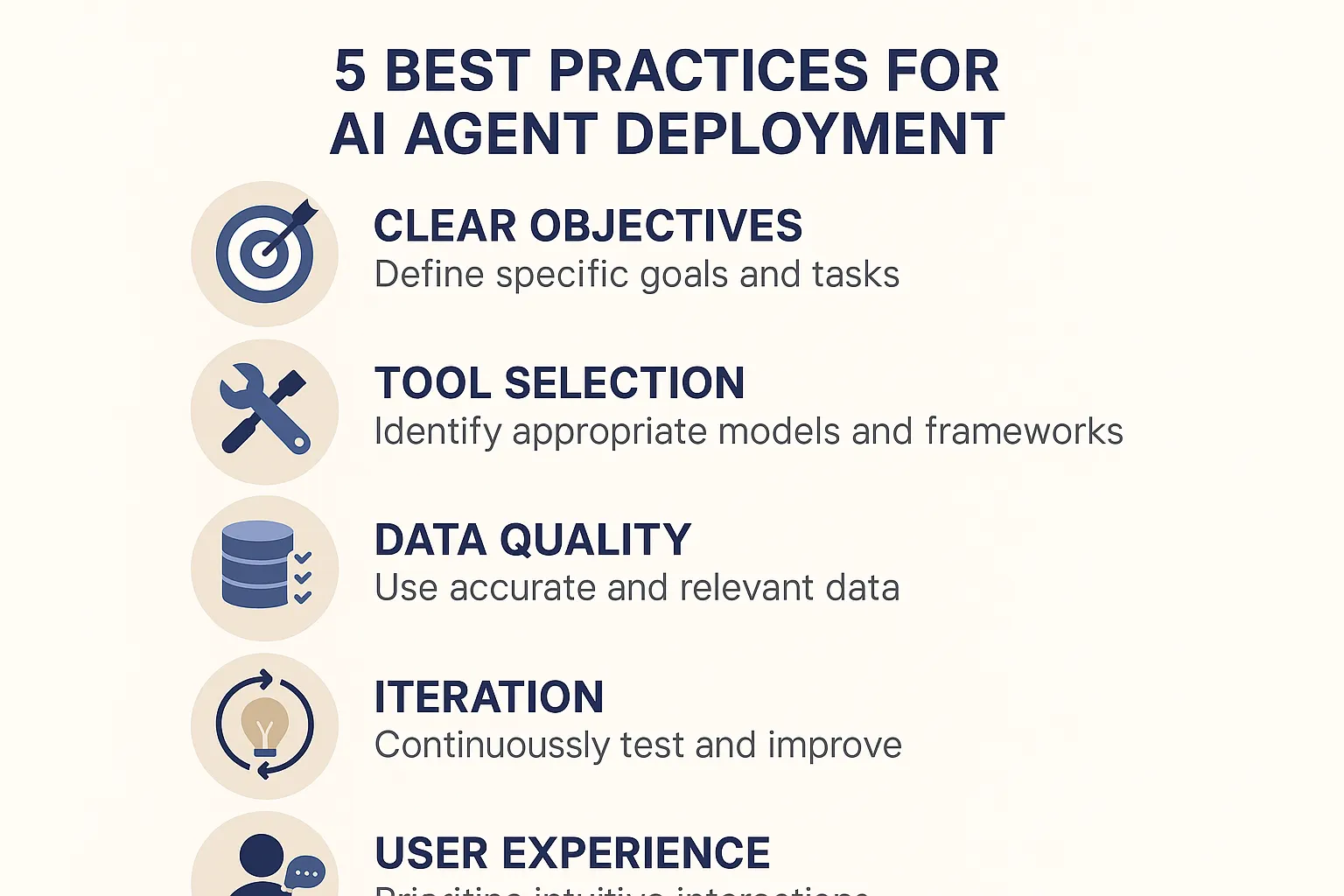
The most crucial step in any AI agent deployment is defining clear, measurable objectives. Don't fall into the trap of simply deploying AI because it's trendy. Ask yourself:
- What specific problems are we trying to solve?
- What are the key performance indicators (KPIs) that will measure success?
- How will we track progress and make adjustments?
For example, instead of saying "We want to improve customer service with an AI chatbot," try a more specific objective like:
"We want to reduce customer service response time by 50% and increase customer satisfaction scores by 10% using an AI chatbot."
Examples of Objectives and KPIs:
Objective KPI Measurement Reduce customer service response time Average response time Time (minutes/seconds) Increase customer satisfaction Customer satisfaction score (CSAT) Percentage of satisfied customers Generate more leads Number of leads generated Number of new leads per month Improve sales conversion rate Conversion rate Percentage of leads that convert to sales Automate invoice processing Number of invoices processed automatically Percentage of invoices processed without manual intervention "If you don't know where you're going, any road will get you there." - Lewis Carroll (adapted for AI agent deployment)
Actionable Steps:
- Brainstorm: Gather your team and brainstorm potential use cases for AI agents in your startup.
- Prioritize: Rank the use cases based on their potential impact and feasibility.
- Define Objectives: For each selected use case, define specific, measurable, achievable, relevant, and time-bound (SMART) objectives.
- Identify KPIs: Determine the key performance indicators (KPIs) that will measure progress towards your objectives.
- Establish Tracking: Set up systems to track your KPIs and monitor the performance of your AI agents.
Best Practice #2: Choose the Right Tools and Platforms ⚙️
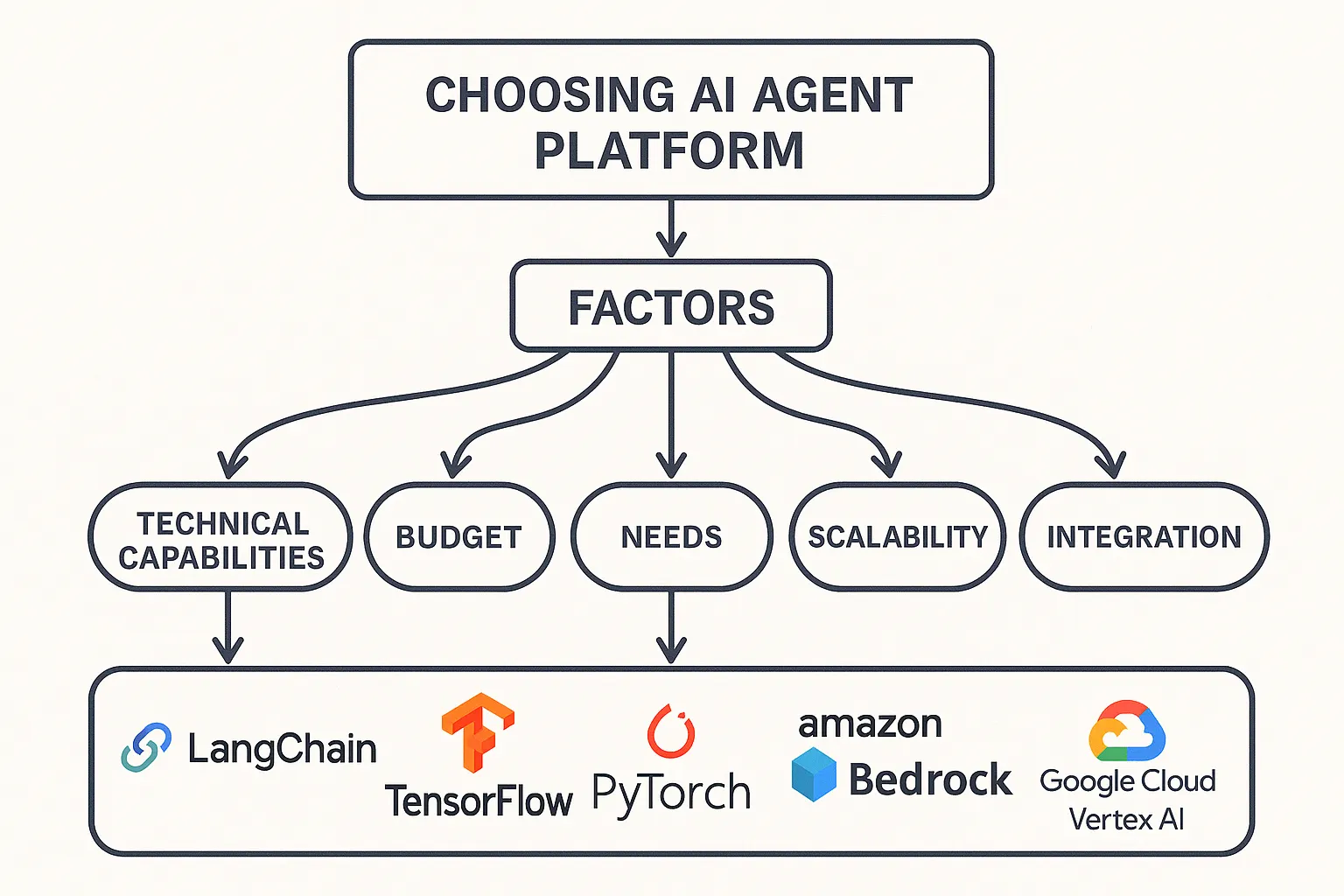
The AI agent landscape is vast and complex, with a wide range of tools and platforms to choose from. Selecting the right ones for your startup is critical.
Consider these factors:
- Your technical capabilities: Do you have in-house AI expertise, or will you need to rely on external consultants or managed services?
- Your budget: AI agent platforms can range from free and open-source to expensive enterprise solutions.
- Your specific needs: What types of AI agents do you need (e.g., chatbots, virtual assistants, process automation tools)?
- Scalability: Can the platform handle your growing needs as your startup expands?
- Integration: Does the platform integrate with your existing systems and workflows?
Popular AI Agent Platforms and Tools:
- Open-source frameworks:
- LangChain: A framework for building applications powered by language models.
- TensorFlow: A powerful machine learning platform for building and training AI models.
- PyTorch: Another popular machine learning framework, known for its flexibility and ease of use.
- Cloud-based AI services:
- Amazon Bedrock: A fully managed service that offers a choice of high-performing foundation models (FMs) from leading AI companies.
- Google Cloud Vertex AI: A unified platform for building, deploying, and managing machine learning models.
- Microsoft Azure AI: A comprehensive suite of AI services, including machine learning, cognitive services, and bot frameworks.
- No-code/low-code platforms:
- Dialogflow: A Google-owned platform for building conversational AI agents.
- Rasa: An open-source conversational AI platform for building chatbots and virtual assistants.
Tips for Choosing the Right Tools:
- Start small: Begin with a simple pilot project to test different tools and platforms.
- Leverage open-source options: Open-source frameworks can be a cost-effective way to get started with AI agent development.
- Consider managed services: If you lack in-house AI expertise, consider using a managed service provider to handle the deployment and maintenance of your AI agents.
- Read reviews and case studies: Research the experiences of other startups with different AI agent platforms.
- Take advantage of free trials: Many AI agent platforms offer free trials or demo accounts.
Best Practice #3: Prioritize Data Quality and Security ⚠️
AI agents are only as good as the data they're trained on. Garbage in, garbage out. If you feed your AI agents inaccurate, incomplete, or biased data, you'll get poor results.
Data Quality Considerations:
- Accuracy: Ensure your data is accurate and up-to-date.
- Completeness: Make sure your data is complete and contains all the necessary information.
- Consistency: Ensure your data is consistent across different sources and systems.
- Relevance: Only use data that is relevant to the task at hand.
- Bias: Be aware of potential biases in your data and take steps to mitigate them.
Data Security Considerations:
- Data encryption: Encrypt sensitive data both in transit and at rest.
- Access control: Implement strict access control policies to limit who can access your data.
- Data anonymization: Anonymize or pseudonymize sensitive data to protect user privacy.
- Compliance: Ensure your data practices comply with relevant regulations, such as GDPR and CCPA.
- Regular audits: Conduct regular security audits to identify and address potential vulnerabilities.
Actionable Steps:
- Data Audit: Conduct a thorough audit of your existing data to assess its quality and identify any issues.
- Data Cleaning: Clean and prepare your data for AI agent training. This may involve removing duplicates, correcting errors, and filling in missing values.
- Data Enrichment: Enrich your data with additional information from external sources.
- Data Governance: Implement a data governance framework to ensure data quality and security over time.
- Security Measures: Implement robust security measures to protect your data from unauthorized access and breaches.
Best Practice #4: Iterate and Optimize 🧪
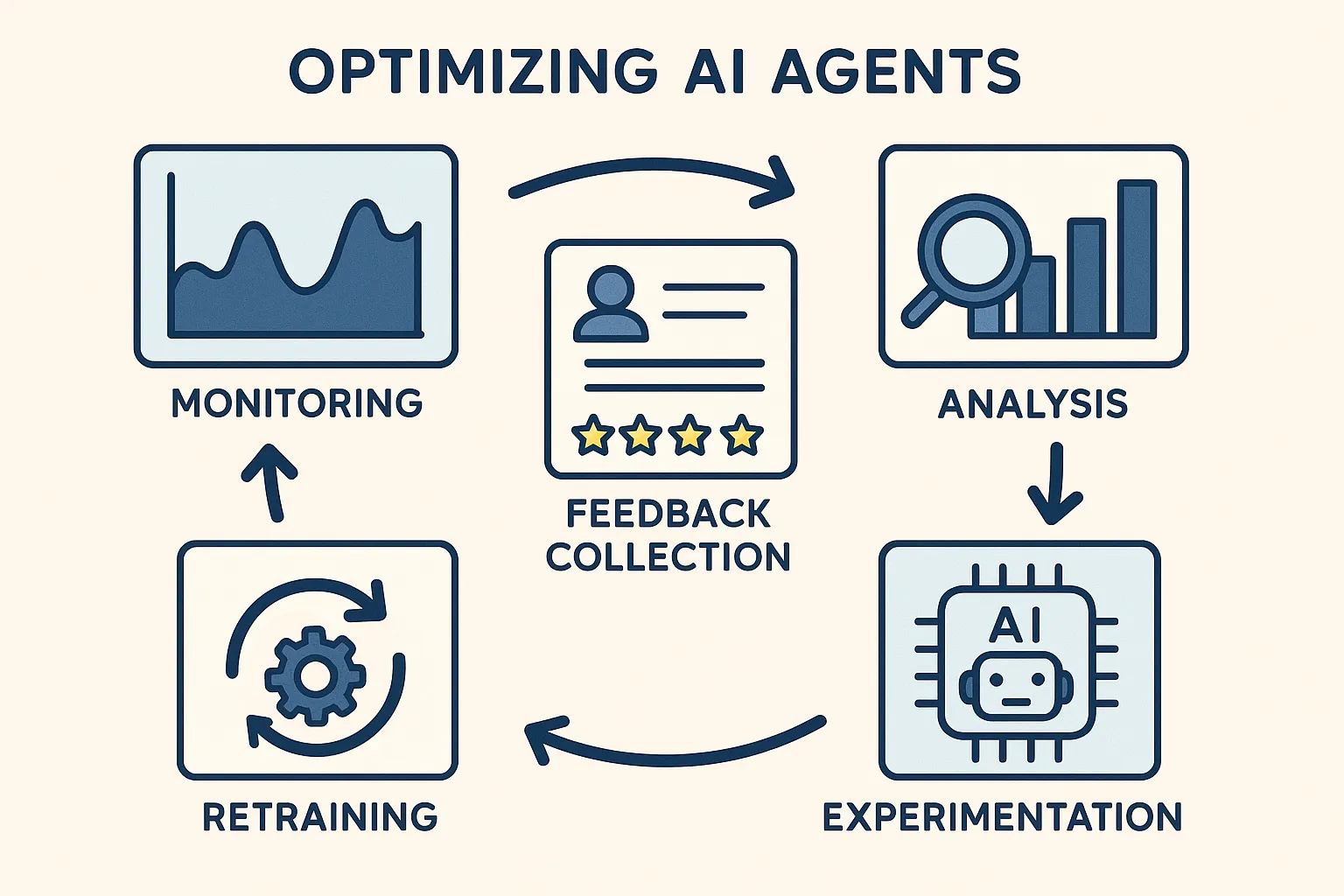
AI agent deployment is not a one-time event. It's an ongoing process of iteration and optimization. You need to continuously monitor the performance of your AI agents, gather feedback from users, and make adjustments as needed.
Key Activities:
- Monitoring: Track key performance indicators (KPIs) to assess the performance of your AI agents.
- Feedback Collection: Gather feedback from users on their experience with your AI agents.
- Analysis: Analyze the data you collect to identify areas for improvement.
- Experimentation: Conduct A/B tests and other experiments to optimize the performance of your AI agents.
- Retraining: Retrain your AI agents with new data to improve their accuracy and effectiveness.
Tools and Techniques:
- Analytics dashboards: Use analytics dashboards to track key performance indicators (KPIs) and monitor the performance of your AI agents.
- User surveys: Conduct user surveys to gather feedback on their experience with your AI agents.
- A/B testing: Use A/B testing to compare different versions of your AI agents and identify the most effective designs.
- Machine learning model retraining: Retrain your machine learning models with new data to improve their accuracy and effectiveness.
Example:
Let's say you've deployed an AI chatbot to handle customer inquiries. You notice that the chatbot is struggling to answer questions about a particular product. You can then:
- Analyze: Review the chatbot's conversation logs to identify the specific questions it's failing to answer.
- Retrain: Retrain the chatbot with more examples of questions and answers related to that product.
- Monitor: Track the chatbot's performance after retraining to see if it has improved.
Best Practice #5: Focus on User Experience 🤝
Even the most technologically advanced AI agent will fail if it's not user-friendly. A clunky or frustrating agent will drive customers away.
Key Considerations:
- Clarity: Make sure your AI agents are clear and easy to understand. Use simple language and avoid jargon.
- Helpfulness: Design your AI agents to be helpful and provide users with the information they need.
- Personalization: Personalize the experience to make users feel valued and understood.
- Empathy: Train your AI agents to be empathetic and respond appropriately to user emotions.
- Escalation: Provide a clear path for users to escalate to a human agent if needed.
Tips for Improving User Experience:
- Design a conversational interface: Use a conversational interface that is natural and intuitive.
- Provide clear instructions: Provide clear instructions on how to use the AI agent.
- Offer helpful suggestions: Offer helpful suggestions and prompts to guide users.
- Use visual cues: Use visual cues, such as images and videos, to enhance the user experience.
- Test with real users: Test your AI agents with real users to get feedback on their experience.
Example:
Instead of a generic greeting like "Hello," a customer service chatbot could say: "Hi [customer name], welcome back! How can I help you today?"
By focusing on user experience, you can ensure that your AI agents are not only effective but also enjoyable to use.
Future Trends in AI Agent Deployment 🔮
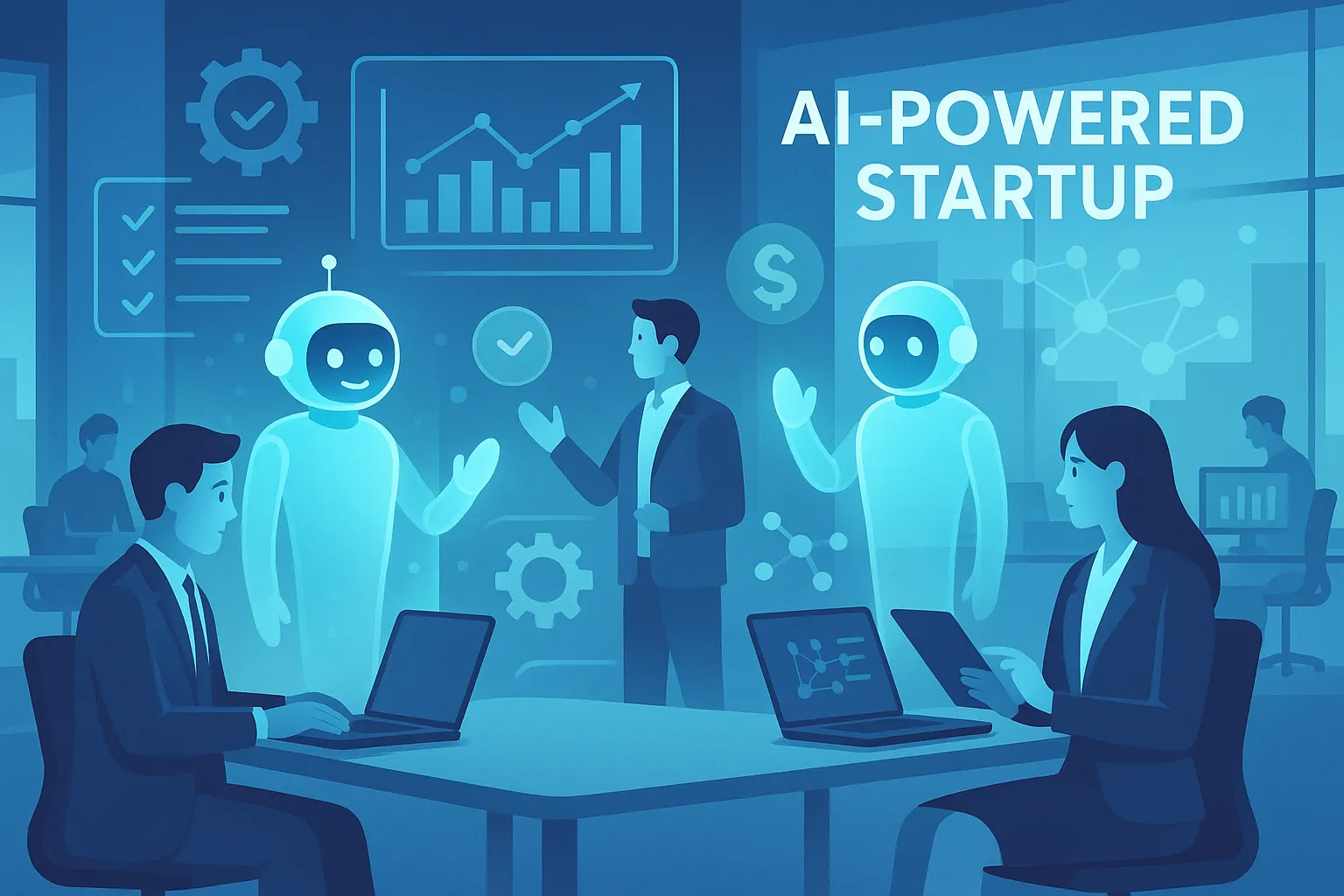
The field of AI agents is rapidly evolving. Here are some key trends to watch:
- Increased Autonomy: AI agents will become more autonomous and capable of handling complex tasks without human intervention.
- Improved Natural Language Processing (NLP): NLP technology will continue to improve, making AI agents more conversational and human-like.
- Multi-Agent Systems: We'll see the rise of multi-agent systems, where multiple AI agents work together to solve complex problems.
- Edge Computing: AI agents will be deployed on edge devices, such as smartphones and IoT devices, enabling real-time processing and reduced latency.
- Ethical AI: There will be a growing focus on ethical considerations in AI agent deployment, such as fairness, transparency, and accountability.
How to Future-Proof Your Strategy:
- Stay informed: Keep up-to-date on the latest developments in AI agent technology.
- Experiment with new tools and techniques: Don't be afraid to experiment with new tools and techniques.
- Invest in training: Invest in training your employees on AI agent technologies.
- Focus on ethical AI: Prioritize ethical considerations in your AI agent deployments.
- Be adaptable: Be prepared to adapt your strategy as the field of AI agents evolves.
Conclusion 🎉
AI agents offer a powerful opportunity for startups to automate tasks, improve customer service, and optimize operations. By following these best practices, you can avoid costly mistakes, save time, and maximize the impact of your AI agent deployments. Remember to start with clear objectives, choose the right tools, prioritize data quality and security, iterate and optimize, and focus on user experience. With careful planning and execution, you can unlock the full potential of AI agents and drive your business to success.
